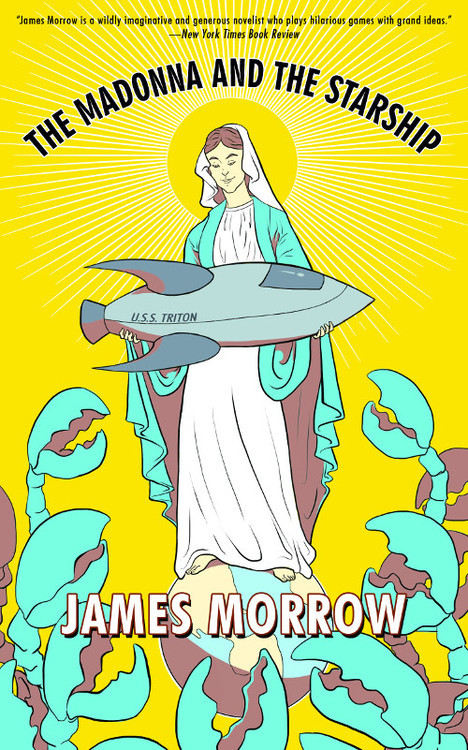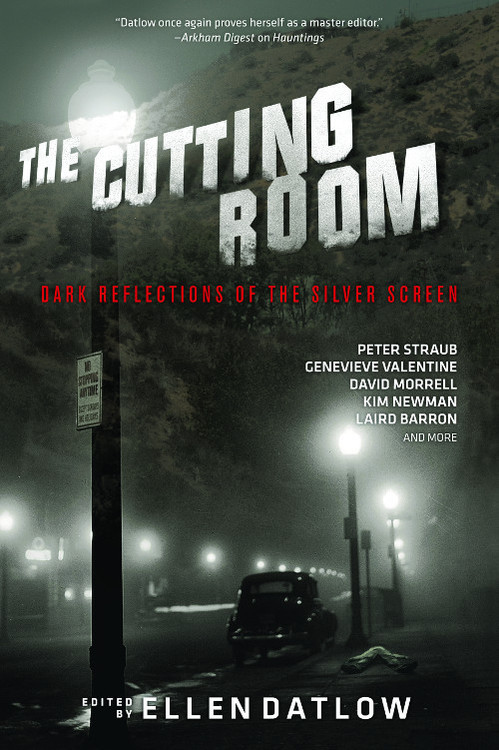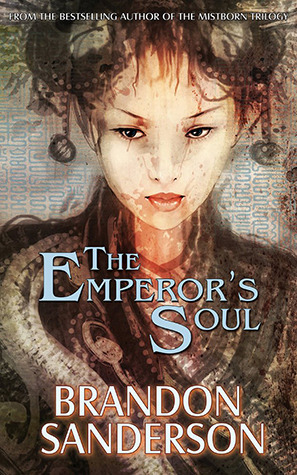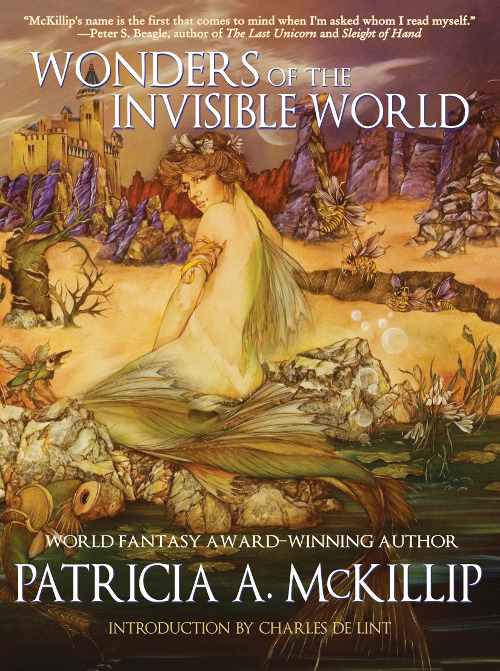THE MADONNA AND THE STARSHIP is funny, thought provoking, and memorable

For Strange Horizons, Molly Katz provides a lengthy review of James Morrow’s enjoyable The Madonna and the Starship.
Before I summarize The Madonna and the Starship, I have this to say: it’s better than it sounds. The back of the book didn’t sell me on the premise: “Will Kurt and his colleagues manage to convince the Qualimosans that Earth is essentially a secular and rationalist world? Or will the two million devotees of NBC’s most popular religious program suffer unthinkable consequences for their TV-viewing tastes? Stay tuned for The Madonna and the Starship!” This pastiche of the cheesy-pulp cliffhanger doesn’t work for me. It’s too glib—all satire, no heart. Fortunately, James Morrow (as you may already know, if you’ve read his other works) has a talent for breathing poignancy and life into what might, in less deft hands, read like a ham handed satirical lecture. The pastiche Morrow produces in the novella itself is much richer and more emotionally resonant than its description promises.
<snip>
Morrow’s most effective gambit is to let Kurt tell the story. Through Kurt, Morrow shows us what he imagines pulp SF would look like to its ideal audience. He shows us a man who appreciates the possibility of the medium to marry established science, heady fantasy, and the wild ambition of portraying the human condition. And Kurt makes for good company. From the first pages of the novella to the last, he tells his tale with a distinctive voice and a distinctive sense of humor—one that does not always match with my own idea of a good joke, but which endears him to me nevertheless. I particularly enjoyed hearing from him that he tells people he came to New York for the trees, only to amend that to, “that is, the greatest of all good things trees give us . . the pulp” (p. 4). There’s something wonderfully not of the present day about this punch line and this phrasing, and Kurt’s distinctive voice persuades me that Morrow has his finger on the pulse of the historical moment he’s chosen.
<snip>
Ultimately, Morrow’s book is not a love letter to the Golden Age of Science Fiction. (If that is your interest, you might check out Felix Gilman’s The Revolutions.) He often sends the stuff up. It’s worth remembering that he took an interest in pulp SF because of its “cultural function,” not its merit on its own terms. I would have liked to love the pulpy elements in this story more, but Morrow does succeed in making me love the people who love pulp, which I believe was more important to him. Well, as Kurt and the Qualimosans might say, “fair enough.” It’s an enjoyable read—funny, thought provoking, and memorable.
Read the rest of Katz’s review at Strange Horizons.
For more on The Madonna and the Starship, visit the Tachyon page.
Cover and design by Elizabeth Story.






